
It’s Taste of Tuesday and today we’re off to Paris with
Carolyn Eychenne, author of Sunrise over Paris
Many of the readers of my novel Sunrise over Paris have written that they thought the daube in chapter 5 sounded good. If you feel that way too, wait until you try the recipe below: 8-hour lamb. Mine is bubbling away right now—we’re on the home stretch of the 8-hour marathon—and my house smells wonderful. The last time I checked to see if there is enough cooking liquid, I sampled a little piece of meat and it, too, was wonderful.
You might be thinking that 8 hours is a huge investment for a meal. It’s not. Not for the French and not for Stacey, the main character of my novel. Food is an important part of Sunrise over Paris. Some of the key moments of the story occur over a meal: the fateful dinner in one of the opening scenes where we see Stacey’s, the heroine’s, difficult relationship with her husband and teenage children, the brief moment of harmony while dining on daube, the lunch during which Stacey watches the results of one of her revenge plots, and the luxurious brunch she shares with her two kids as they create a new, stronger, more adult bond.
Stacey is a foodie, of course, but this is not an oddity in France. Food is a big deal here. The French invest a lot of time and energy in eating, at special holiday meals of course, but also every day. Art de vivre, living so well it becomes an artform, does include everyday meals. Cooked fresh when possible. Always seasonal. Always balanced.
What makes for a balanced meal à la française?
First of all, three courses. The starter (interestingly, it’s called l’entrée), the main dish (the entrée in English!), dessert. Sometimes, there is cheese. Not every day, but when there is, it comes between the main course and dessert.
There are somewhere between 1,000 and 1,600 different varieties of cheese: cheese from cow, goat, and ewe’s milk are all standard fare. Some are hard cheeses, some soft and crumbly, others very fresh and creamy. Some are inoculated with mold (yes, that’s what gives Roquefort cheese its distinctive flavor), some are rolled in herbs, and others have inclusions, like a beautiful Brillat Savarin with truffles which I discovered only a year ago, despite living here for over 30 years.
Until then, I didn’t really like truffles. Now… Wow!
As said earlier, the French don’t have cheese at the end of every meal. And they don’t have very much at a time. While it’s completely acceptable to have seconds of the other courses, it’s considered rude to have seconds of cheese. If you do, it’s a way of saying that your hostess hasn’t given you enough to eat.
Like cheese, dessert isn’t an everyday thing either. At least, not the macarons or petits fours or éclairs au chocolat you’re thinking about right now. Most days, dessert is a yogurt or a piece of fruit. But it’s still called ‘dessert’ which can be disappointing for some of us.
Entrée literally means entrance. The same word is used for your front door, which makes it a logical name for the starter in a meal. In traditional French cuisine, a salad is fine for every day, but not something you would serve to company. Depending on your guests, you might prepare a terrine with a little salad on the side, some lox with buttered toast and lemon wedges, or vol au vent, a little basket made from puff pastry in which you serve snails or shellfish in a creamy bechamel sauce.
By the way, soupe à l’oignon with its croutons and cheese melting on top is not as common as you might think. I’ve had it many times in restaurants, but never in anyone’s home other than my own. And, since I’m American-born, that might not count.
After the starter, the main dish. This can look like a typical American meal—meat or fish, cooked vegetable and rice, pasta or potato. Or this can be a plat en sauce, a stew-like dish, which combines the meat and vegetable in one dish which is then served over rice or pasta. The daube which Stacey cooks in Sunrise over Paris is an example of this. You might also know boeuf bourguignon or blanquette de veau. One of my favorite meals is pot-au-feu, literally pot in the fire, because it used to be made in a large cast-iron dutch oven in the coals of the family fireplace. Several different cuts of beef, leeks, carrots, turnips, onions and potatoes all cook together for several hours, creating an amazing broth which you eat as the starter before having the meat and vegetable along with kosher salt, pickles and Dijon mustard for the main course.
Second only to 8-hour lamb.
Which brings me back to the recipe. Please try—and let me know how you like it. If you overcook it, forgetting it for 11 hours instead of 8, you can always say that you preferred the French author Colette’s recipe to mine!
By Carolyn Eychenne
The recipe: 8-hour lamb
1 leg of lamb (about 5 pounds)
3 carrots (I use 4 – 5)
3 onions
2 small leeks (I use 4)
½ celeriac
3 cloves
1 “bouquet garni” (parsley, bay leaf, thyme, celery branch)
1 entire head of garlic
10 peppercorns
2 tablespoons salt
Brown the leg of lamb in a cast iron Dutch oven. Take out, reserve.
On the bottom of the Dutch oven, place all the vegetables peeled and chopped into 1-2” sized pieces. Add the garlic, bouquet garni and seasonings. Put the leg of lamb back on top.
Add water to cover the vegetables but only just touching the lamb.
Cover and simmer for 8 hours, checking every so often that there is enough liquid. Add if necessary.
To serve: Remove the lamb and cover with aluminum foil to keep warm. Remove the vegetables and place in a strainer over the Dutch oven (the idea is to catch the cooking juices). Handle them carefully so they retain their shape.
Increase the temperature under the Dutch oven to bring the cooking juices to a boil. Reduce.
Serve the leg of lamb covered in this sauce with the vegetables on the side. The lamb is so tender, you might have a hard time cutting it!
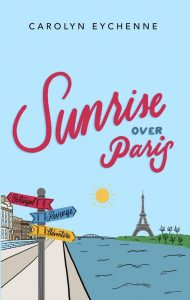
Sunrise Over Rise Blurb:
What would you do if you found out your husband was cheating on you?
When Stacey Dupont, an American in Paris, learns that her French husband has been cheating, her happy life crumbles and obsession begins. Stalking and revenge lead to surprising results! With Paris as the backdrop and the River Seine playing a main role, Sunrise over Paris follows Stacey on her surprising, emotional, and sometimes zany journey of personal discovery across the City of Light.
Get it here
You can learn more about Carolyn here:
Facebook
Instagram
GoodReads
www.carolyneychenne.com

About Carolyn
Carolyn Eychenne is an author of fiction and non-fiction works. Sunrise over Paris is her first novel but not the first book she has published, the other being a French-language book about digital platforms. It led her back to her true love, writing.
Not quite “an American in Paris,” Carolyn Eychenne has lived most of her adult life in the suburbs of Paris, after growing up in southern California.
Note from Monique: Please comment below and let me know if you made Carolyn’s recipe or what your favorite French meal is.

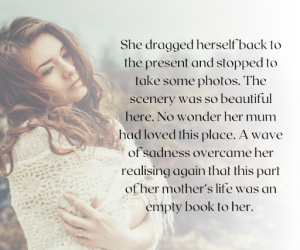

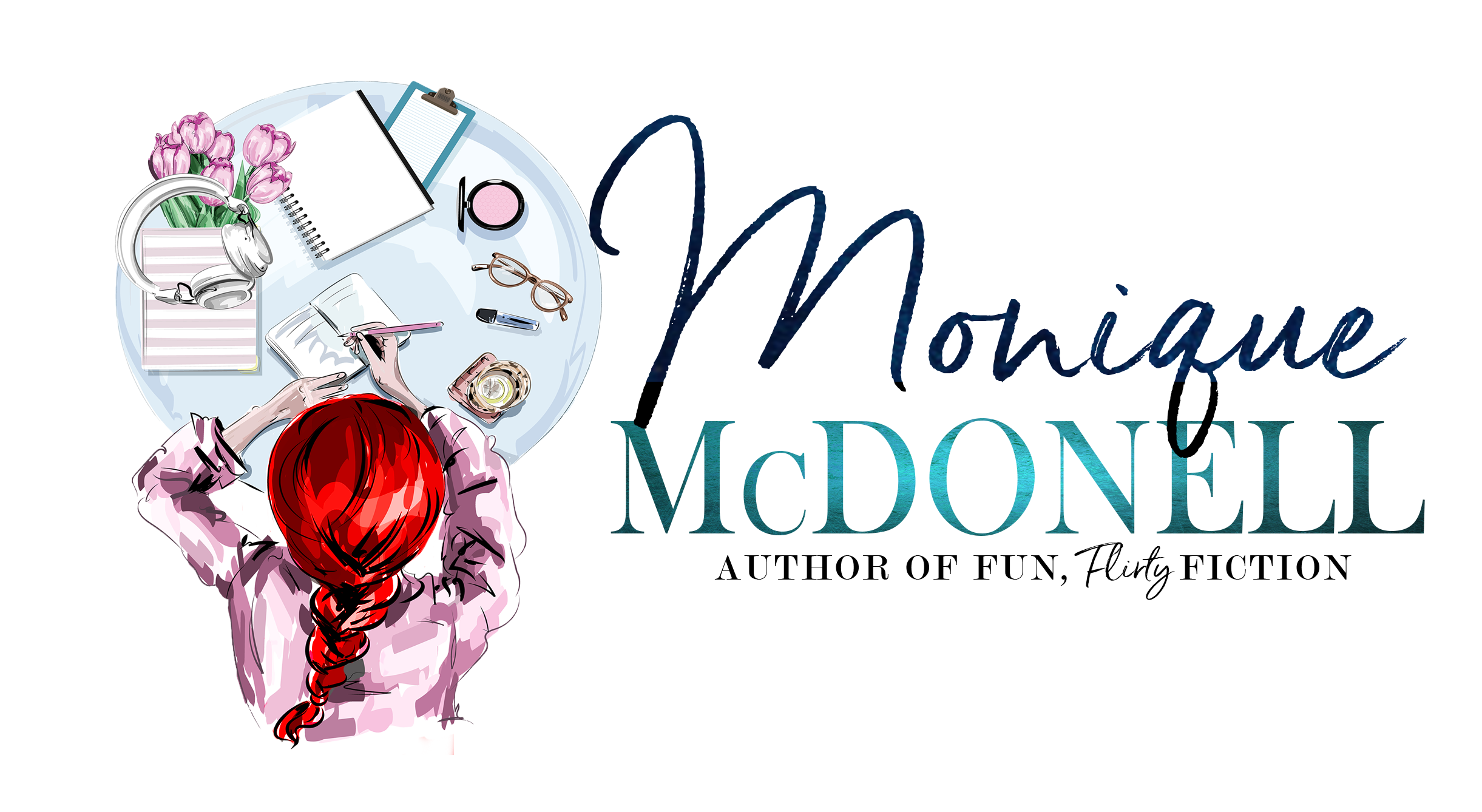






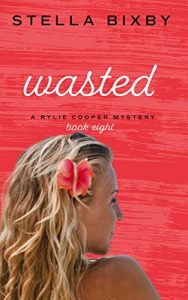
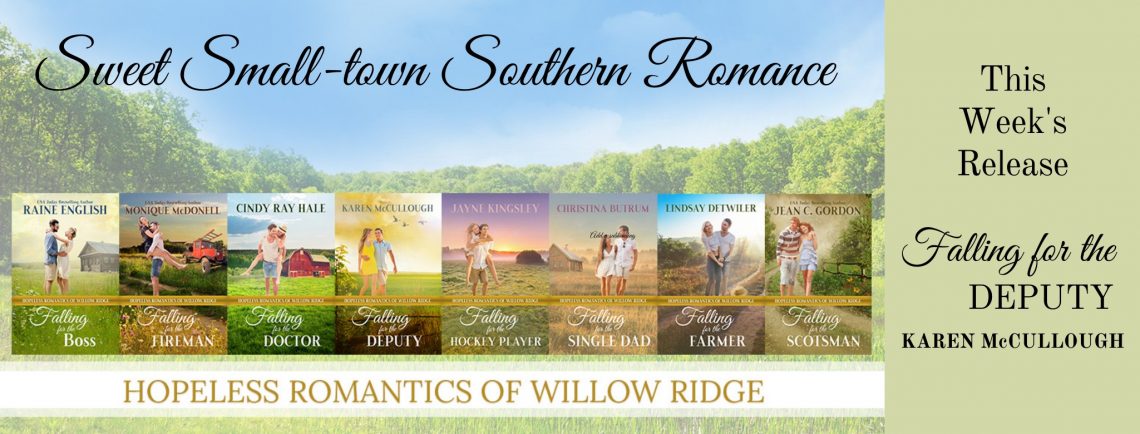
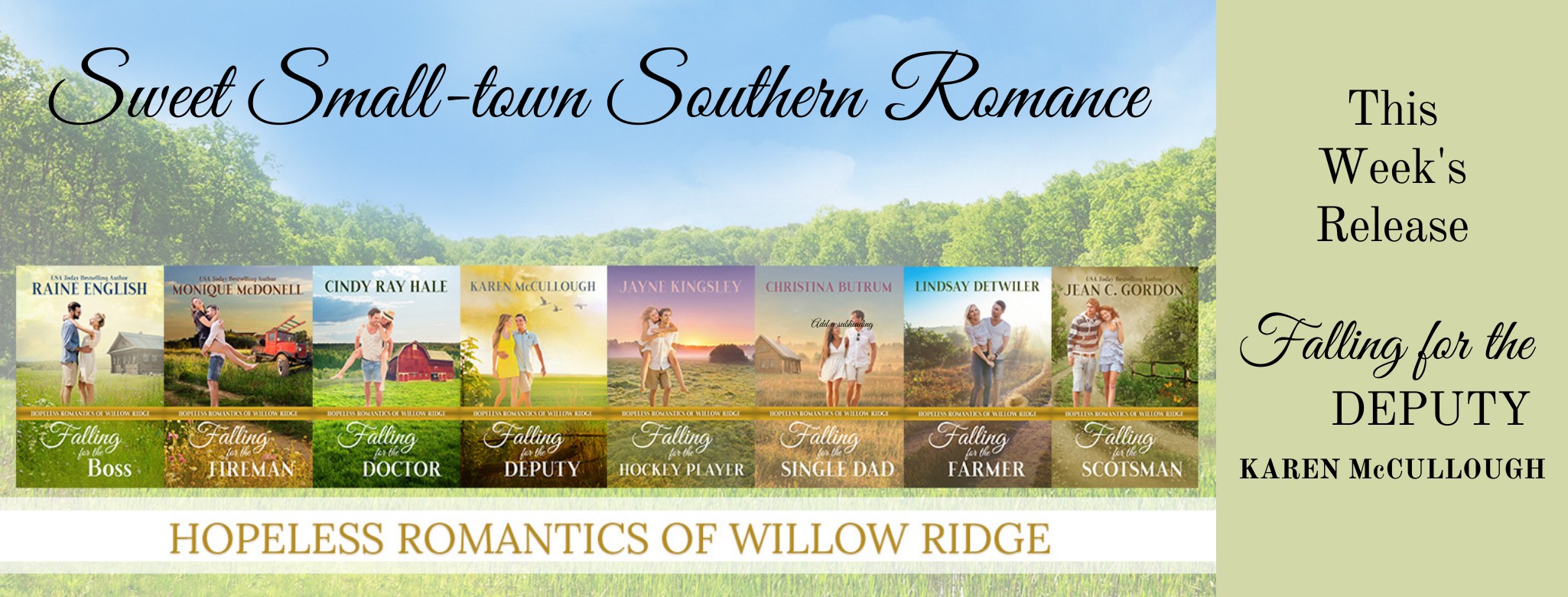



 With spring and romance in the air, what could be more romantic than a trip to a castle on a heart-shaped island? I know of one that fits the bill ~ Boldt Castle ~ which isn’t TOO far from me. I’ll admit right off that I’ve never actually been to Heart Island, but I’ve long meant to visit it. 😀 So let’s go.
With spring and romance in the air, what could be more romantic than a trip to a castle on a heart-shaped island? I know of one that fits the bill ~ Boldt Castle ~ which isn’t TOO far from me. I’ll admit right off that I’ve never actually been to Heart Island, but I’ve long meant to visit it. 😀 So let’s go. After being widowed and subsequently discovering her husband’s infidelities and shaky business practices, Dr. Anne O’Conner Howard is restarting her life by teaching an environmental program at North County Community College and maintaining her company Green Spaces Environmental Engineering, LLC. The last thing Anne expects is for the boy who took her to Junior Prom to walk into her office as a prospective student.
After being widowed and subsequently discovering her husband’s infidelities and shaky business practices, Dr. Anne O’Conner Howard is restarting her life by teaching an environmental program at North County Community College and maintaining her company Green Spaces Environmental Engineering, LLC. The last thing Anne expects is for the boy who took her to Junior Prom to walk into her office as a prospective student.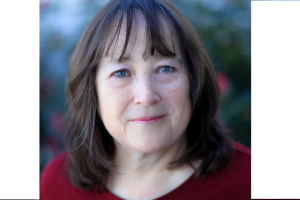





 Shail is a contemporary women’s fiction writer and the author of The Summer Breeze, her debut novel which celebrates the role family, friendships, food, and falling in love play in our everyday lives. Shail lives in the Bay Area with her husband and three wonderful, noisy, mischievous children. When she is not writing and reading, she serves as the president of a non-profit, cooks nonstop, tackles the occasional DIY project, and obsesses over her vegetable garden. Don’t be surprised if you hear your stomach growling while reading her books because Shail is a serious foodie and often includes vivid descriptions of the food her characters are eating. If you feel the urge to cook something up, she often shares her recipes on her website and social media!
Shail is a contemporary women’s fiction writer and the author of The Summer Breeze, her debut novel which celebrates the role family, friendships, food, and falling in love play in our everyday lives. Shail lives in the Bay Area with her husband and three wonderful, noisy, mischievous children. When she is not writing and reading, she serves as the president of a non-profit, cooks nonstop, tackles the occasional DIY project, and obsesses over her vegetable garden. Don’t be surprised if you hear your stomach growling while reading her books because Shail is a serious foodie and often includes vivid descriptions of the food her characters are eating. If you feel the urge to cook something up, she often shares her recipes on her website and social media!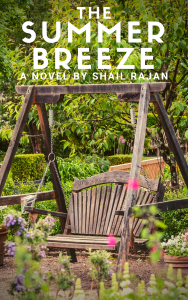

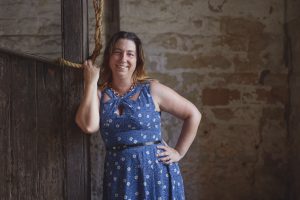 About Renee
About Renee The Shipwrecked Earl’s Bride
The Shipwrecked Earl’s Bride
 Thanks for your welcome, Monique. It’s lovely to be here.
Thanks for your welcome, Monique. It’s lovely to be here. Author bio
Author bio



